|
|
|
|
A new bidirectional deconvolution method that overcomes the minimum phase assumption |
Figure 4(a) 4(b), figure 4(c) 4(d) and figure 4(e) 4(f) show the data created using wavelets 1,2,3, and the recovered reflectivity models respectively. In all 3 cases, the reflectivity model is well recovered; however the polarity of the reflectivity model from wavelet 3 case is opposite to that of the real reflectivity model; this unexpected change of polarity shows the uncertainty of the convergence point in our non-linear formulation. We think this polarity change is not an issue in our blind deconvolution scenario.
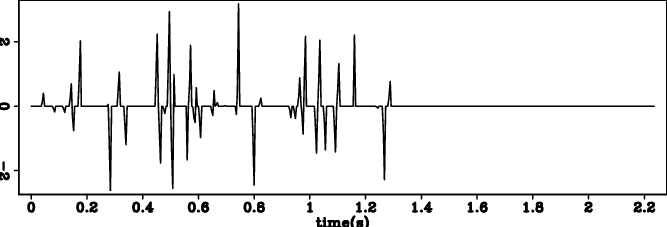
|
|---|
|
refl-trc
Figure 3. reflectivity model trace. |
|
|
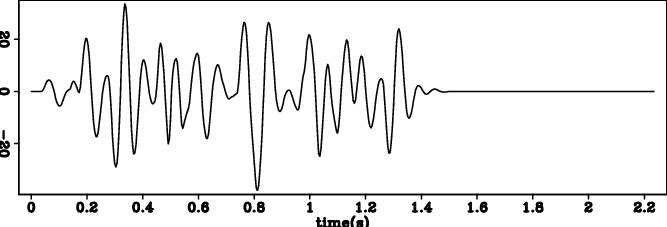
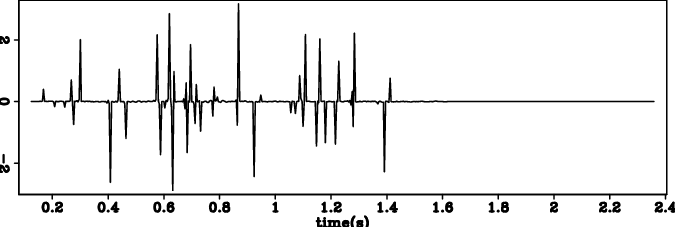
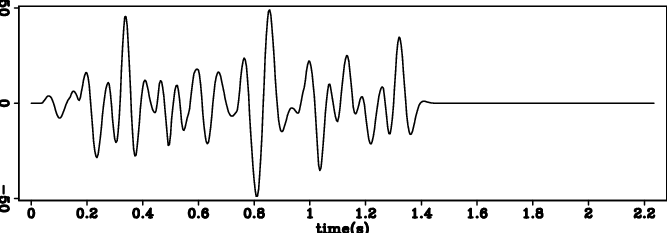
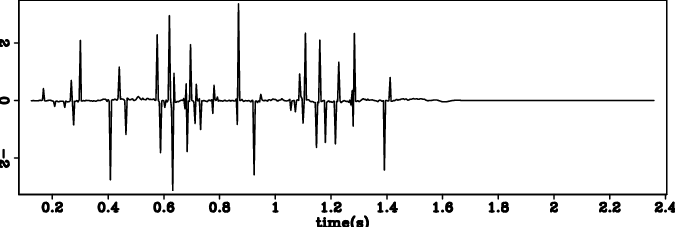
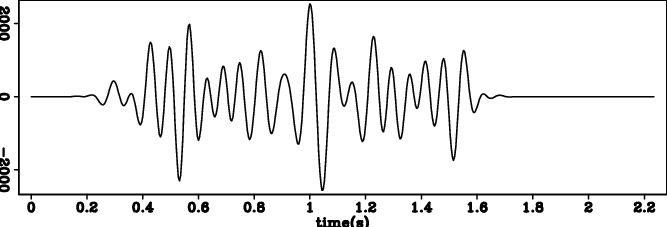
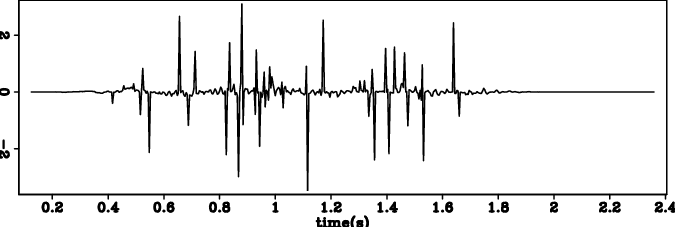
|
|---|
|
data-mintrc,mod-mintrc,data-jontrc,mod-jontrc,data-symtrc,mod-symtrc
Figure 4. (a) The data trace generated using wavelet 1; (b) the recovered reflectivity model of (a). (c) The data trace generated using wavelet 2; (d) the recovered reflectivity model of (c). (e) The data trace generated using wavelet 3; (f) the recovered reflectivity model of (e). |
|
|
|
|
|
|
A new bidirectional deconvolution method that overcomes the minimum phase assumption |